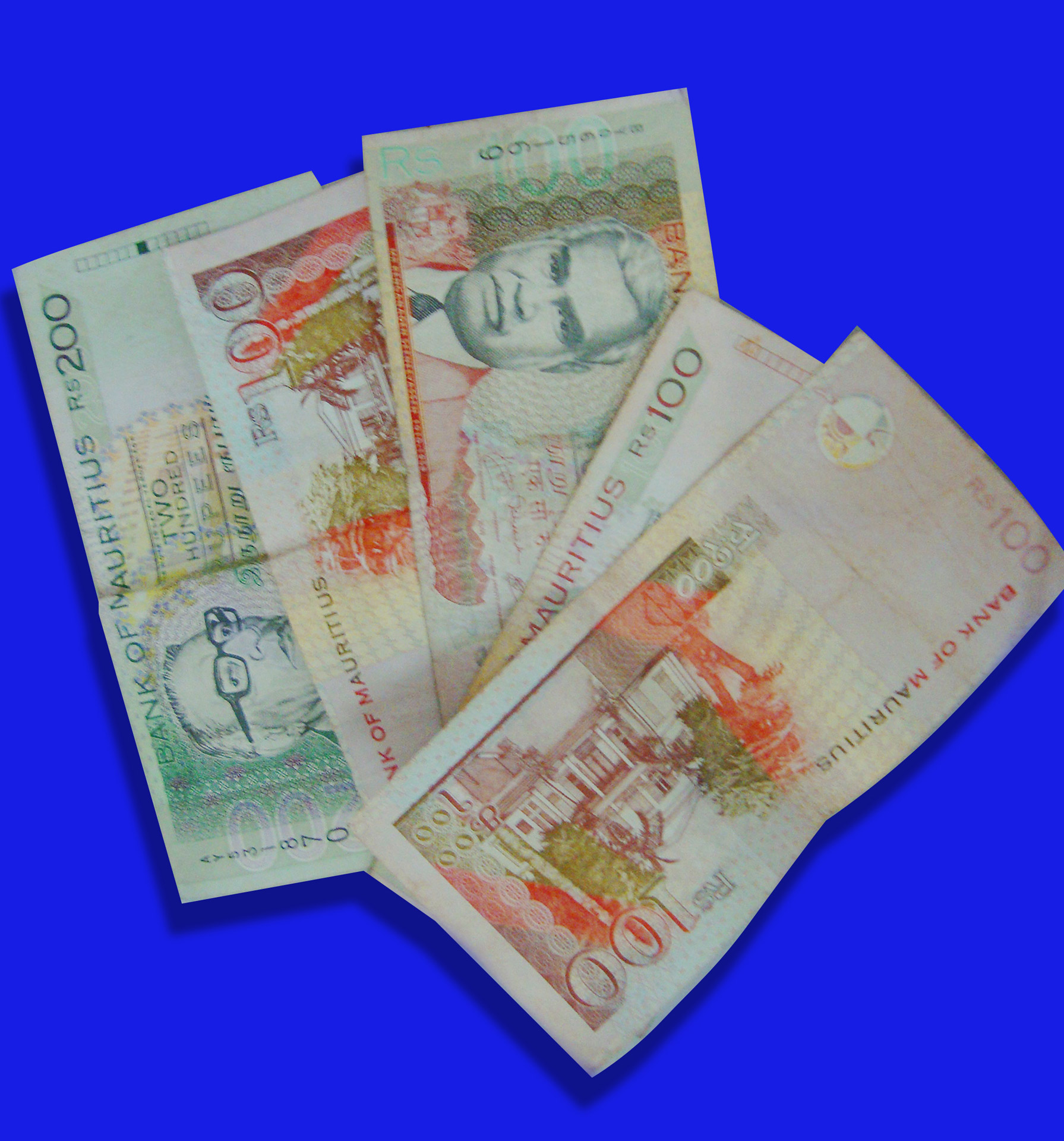The Growing Industry of Counterfeit Luxuries
페이지 정보

Leonor
JB
2025-05-28
본문

The global market for counterfeit hundred dollar bills for sale goods is multibillion-dollar industry experiencing rapid growth year over year. According to a recent study, the counterfeit goods market anticipated to reach a staggering $1.8 trillion by 2025, outpacing the legitimate market in some areas. The rise of online shopping, social media, and the dark web has made it easier for counterfeiters to access consumers and sell counterfeit products anonymously.
One of the primary drivers of the counterfeit goods market are the increasing demand for luxury goods, particularly from high-end fashion brands such as Louis Vuitton. These brands have a strong reputation by consumers globally, and counterfeiters have capitalized on this demand by producing counterfeit products which mimic the authentic items from the real thing. Other popular counterfeit goods include electronics, such as iPhones, as well as pharmaceuticals.
The production and distribution of counterfeit goods often involve complex networks of manufacturers, suppliers, and middlemen who work together to bring these goods to market. In some cases, counterfeiters have been known to access legitimate supply chains, allowing them to sell counterfeit products alongside genuine ones. This has led to concerns about the authenticity and reliability of these counterfeit goods, specifically regarding pharmaceuticals and electronics.
The rise of online shopping platforms such as eBay has also made it easier for counterfeiters to sell their goods online. Many of these platforms have measures to prevent the sale of counterfeit goods, but these policies are often hard to implement, and counterfeiters have found means to bypass these measures.
Social media platforms, such as Facebook, have also been used by counterfeiters to promote their fake goods and connect with potential purchasers. The impact of the counterfeit goods market on local economies and communities is significant, with many small businesses and artisans impacted by the sale of fake products. In particular instances, counterfeiters have even stolen trade secrets and designs from legitimate businesses, hindering them to compete in the market.
To combat the problem of counterfeit goods, governments and law enforcement agencies are working together to develop better strategies for combating the counterfeit goods market. This includes strengthening regulatory frameworks, improving supply chain security, and raising awareness about the risks of buying counterfeit goods.
In addition, purchasers also play a critical role in preventing the sale of counterfeit goods. By being conscious of the risks and taking steps to authenticate the authenticity of products, consumers can make informed purchasing decisions. This can include verifying product authenticity, evaluating the vendor, and looking for reviews and ratings from other customers.
Ultimately, addressing the global market for counterfeit goods needs a multifaceted approach that involves authorities, sectors, and consumers working together to prevent the spread of counterfeit products and uphold authenticity standards. By understanding the challenges of the counterfeit goods market and taking action to combat it, we can help to create safer and more legitimate marketplace for everyone.


댓글목록
등록된 답변이 없습니다.